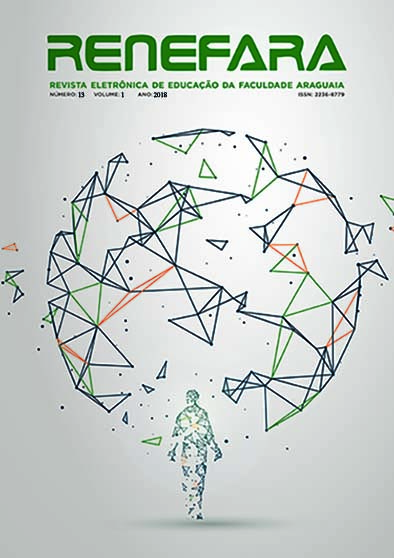LEED CERTIFICATION AS A NORTETIVE TOOL FOR SUSTAINABILITY IN CIVIL CONSTRUCTION
Keywords:
Environmental certificates. Sustainability. Natural resources.Abstract
Given the growing concern about the depletion of the planet's renewable and nonrenewable resources and awareness of environmental issues, it became necessary to study alternative ways of developing one of the fastest growing sectors in the world, . Thus, with the objective of economic growth, together with environmental preservation, the gradual insertion of buildings called Green Buildings, which aim at sustainable energy, water and natural use, offered a new reality for the construction sector. This paper aims to present the LEED (Lidership in Energy and Environmental Design) Certification which not only evaluates the performance of new projects, but also encourages the use of more sustainable practices and less impact to the environment, promoting the implementation of innovative projects of the point of technology, as well as the valuation of certified enterprises. In order to assess whether a construction is sustainable or not, environmental certifications have emerged, which through scoring systems or concepts allow a qualitative evaluation of the sustainable performance of a building. The present study noted the importance of the LEED certificate, in a broad understanding from the perspective of sustainable constructions.
Downloads
Published
Issue
Section
License
The copyright of the published articles will be transferred to the Uniaaraguaia Magazine, allowing its subsequent reproduction as transcription and with due citation of source. In the event of acceptance and before the publication of the article, the plaintiff (s) shall write a statement formally transferring copyright to the magazine.
The author may also print and distribute copies of his article, provided that he mentions that the rights belong to the Uniaaraguaia Magazine.
Author rights include the right to reproduce in full or partly by any means, distribute this article, including figures and photographs.
By submitting originals to the Uniaaraguaia magazine, the author or authors express agreement with the following terms:
a) Authors maintain copyright and grant Uniaraguaia magazine the right of first publication, with the work simultaneously licensed under the Creative Commons Attribution license that allows the sharing of work with recognition of the authorship and initial publication in this magazine.
b) Authors are authorized to assume additional contracts separately, for non-expiration distribution of the work version published in this magazine (eg publish in institutional repository or as book chapter), with recognition of authorship and initial publication in this journal.
c) Authors are allowed and are encouraged to publish and distribute their work online (eg in institutional repositories or on their personal page) to any point before or during the editorial process, as this can generate productive changes as well as increase the impact and citation of published work.

